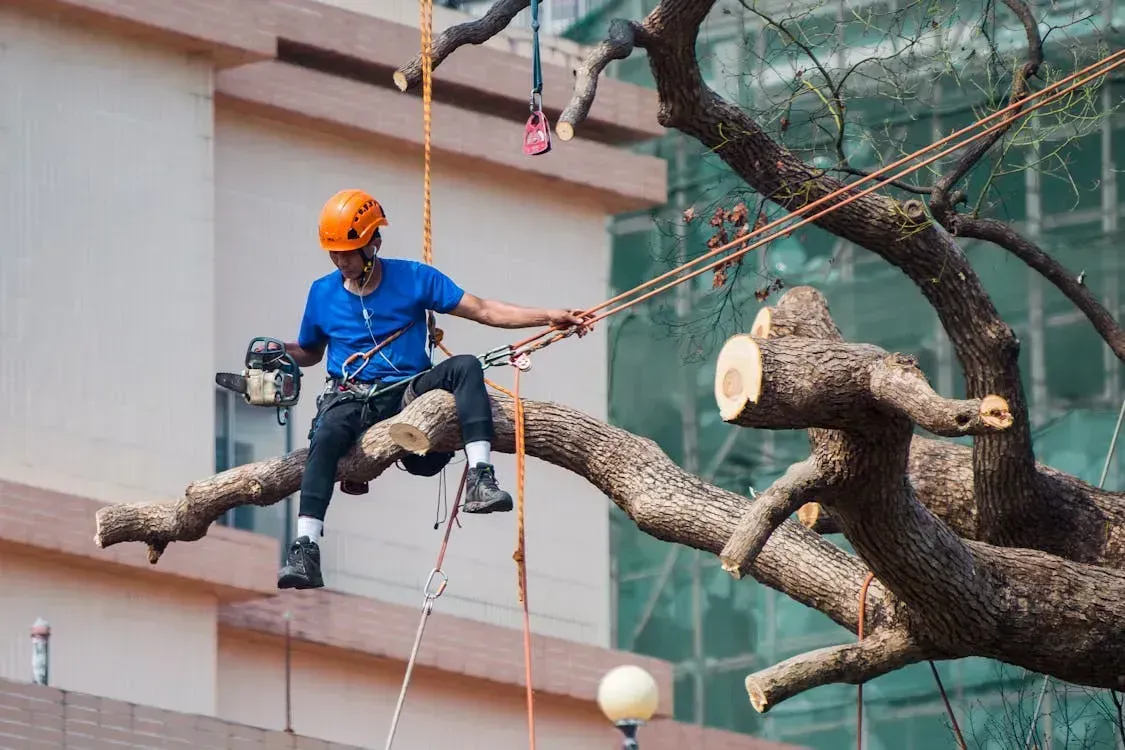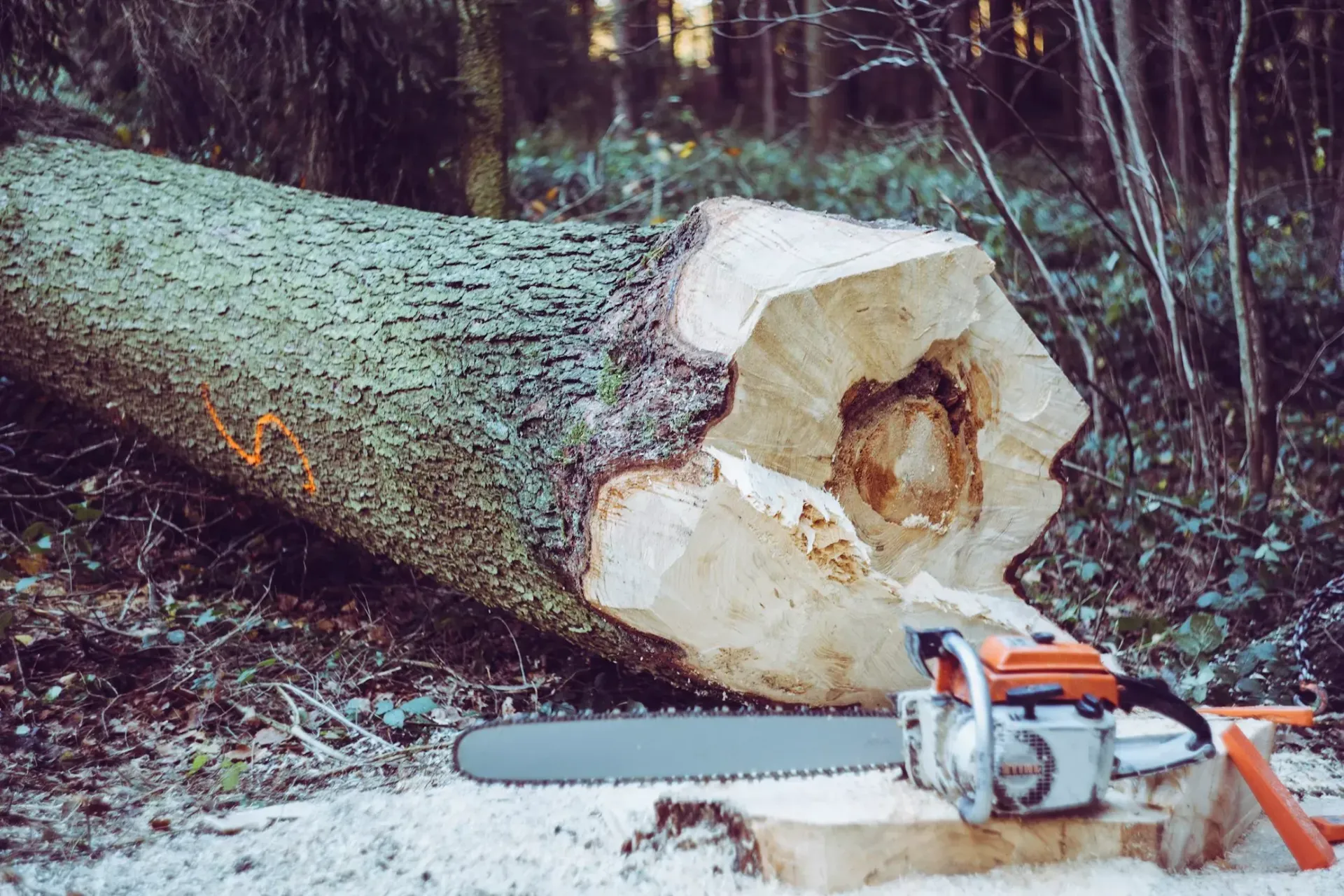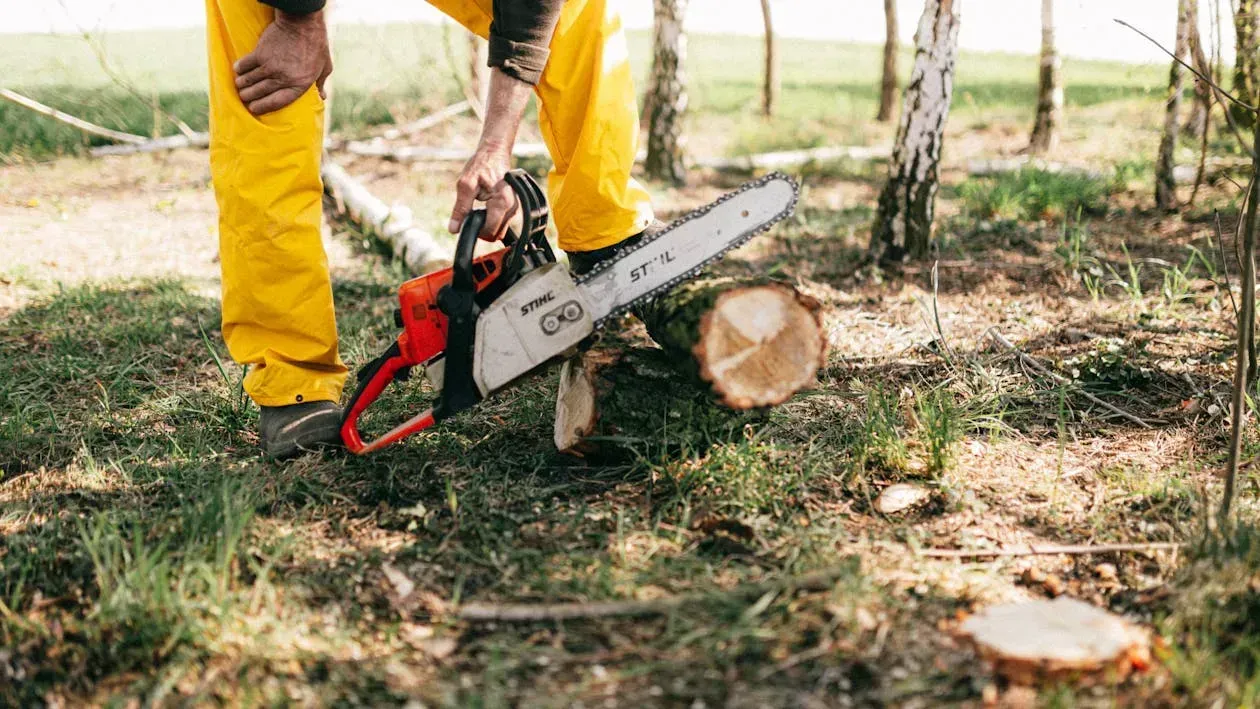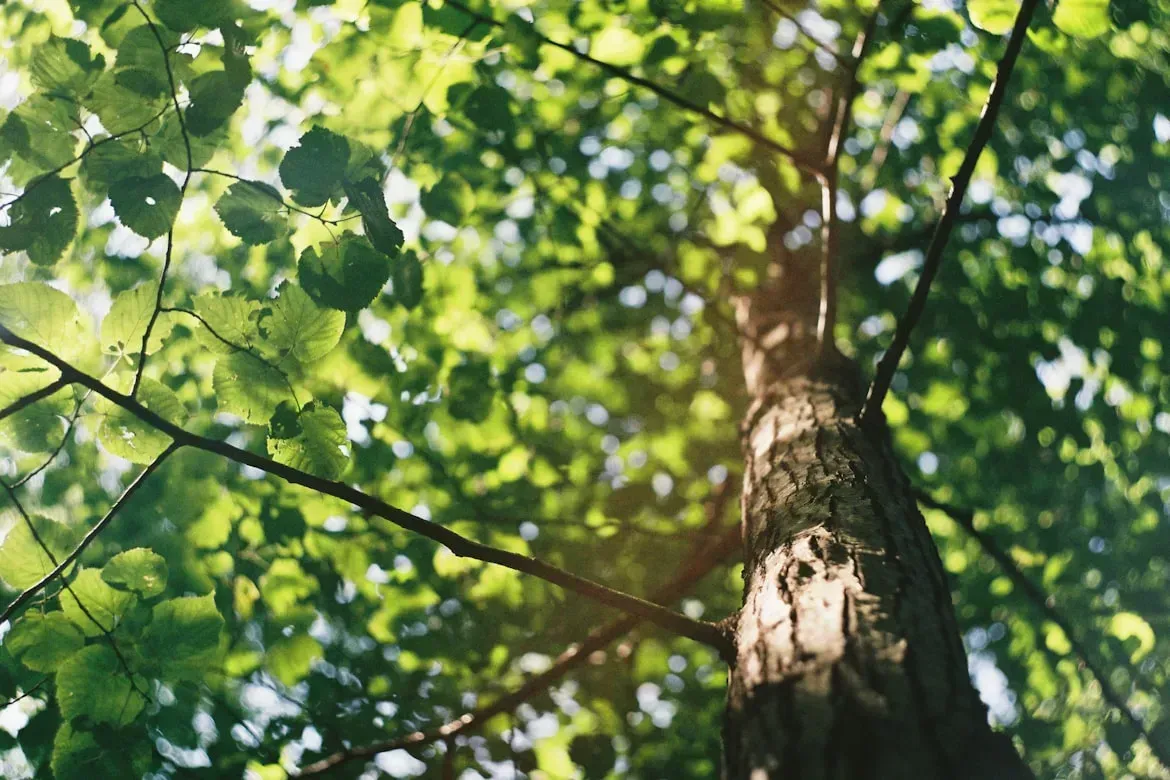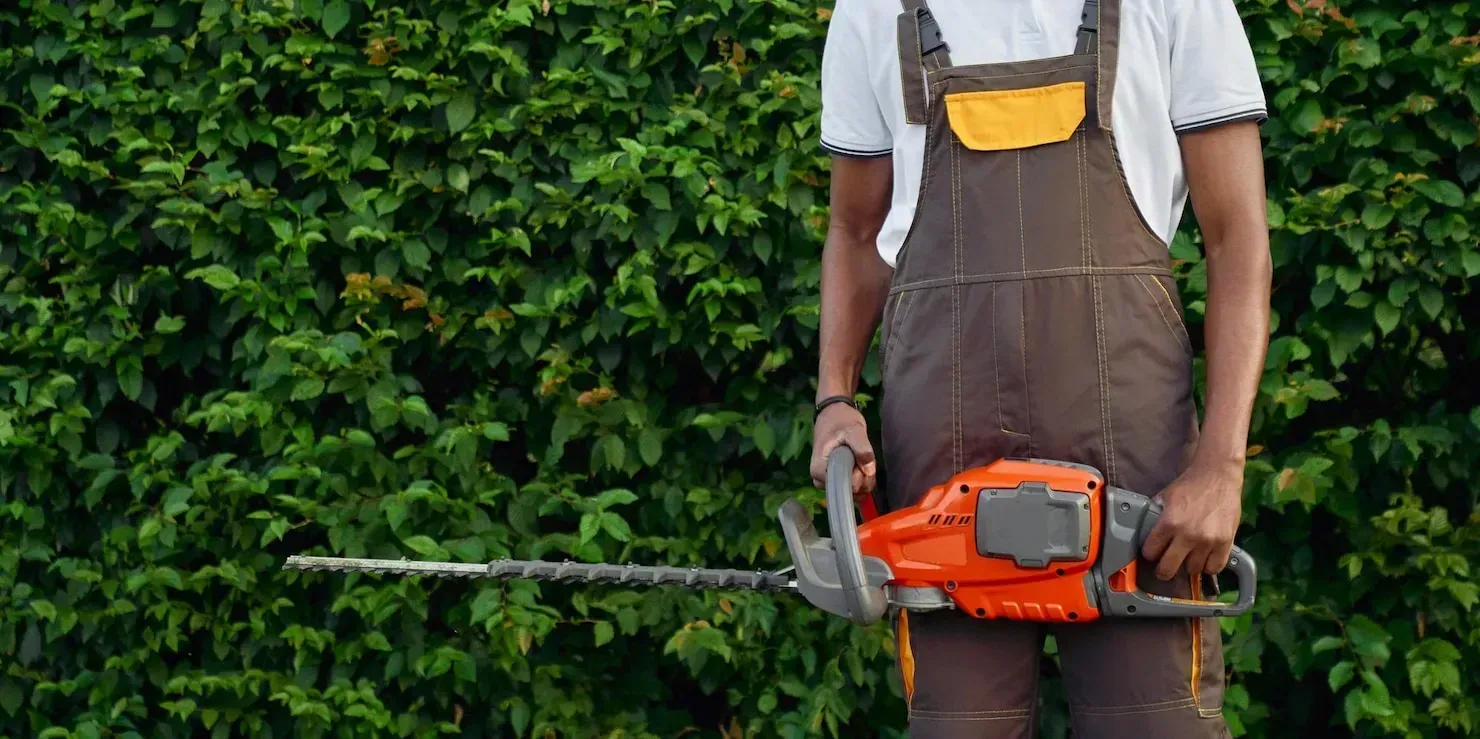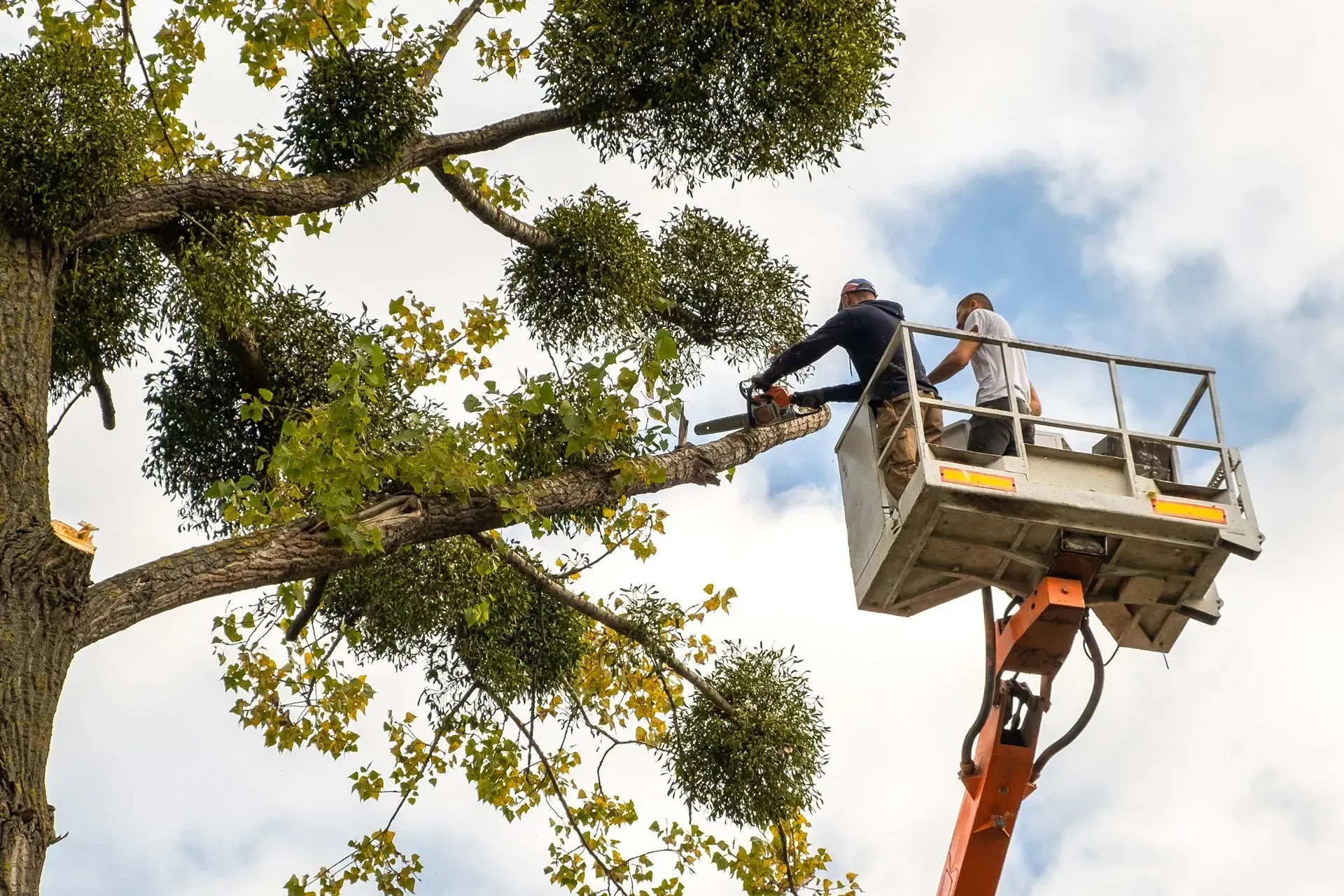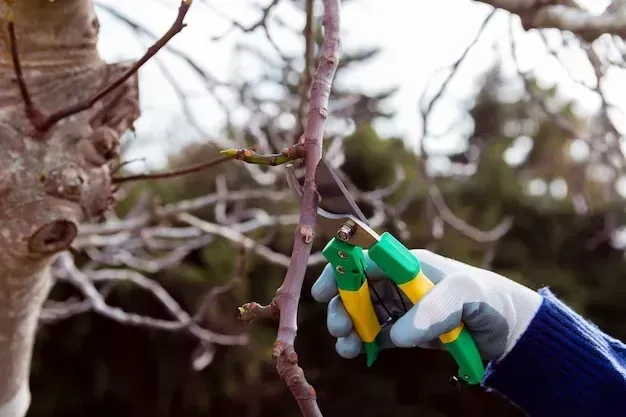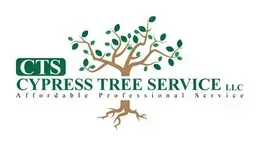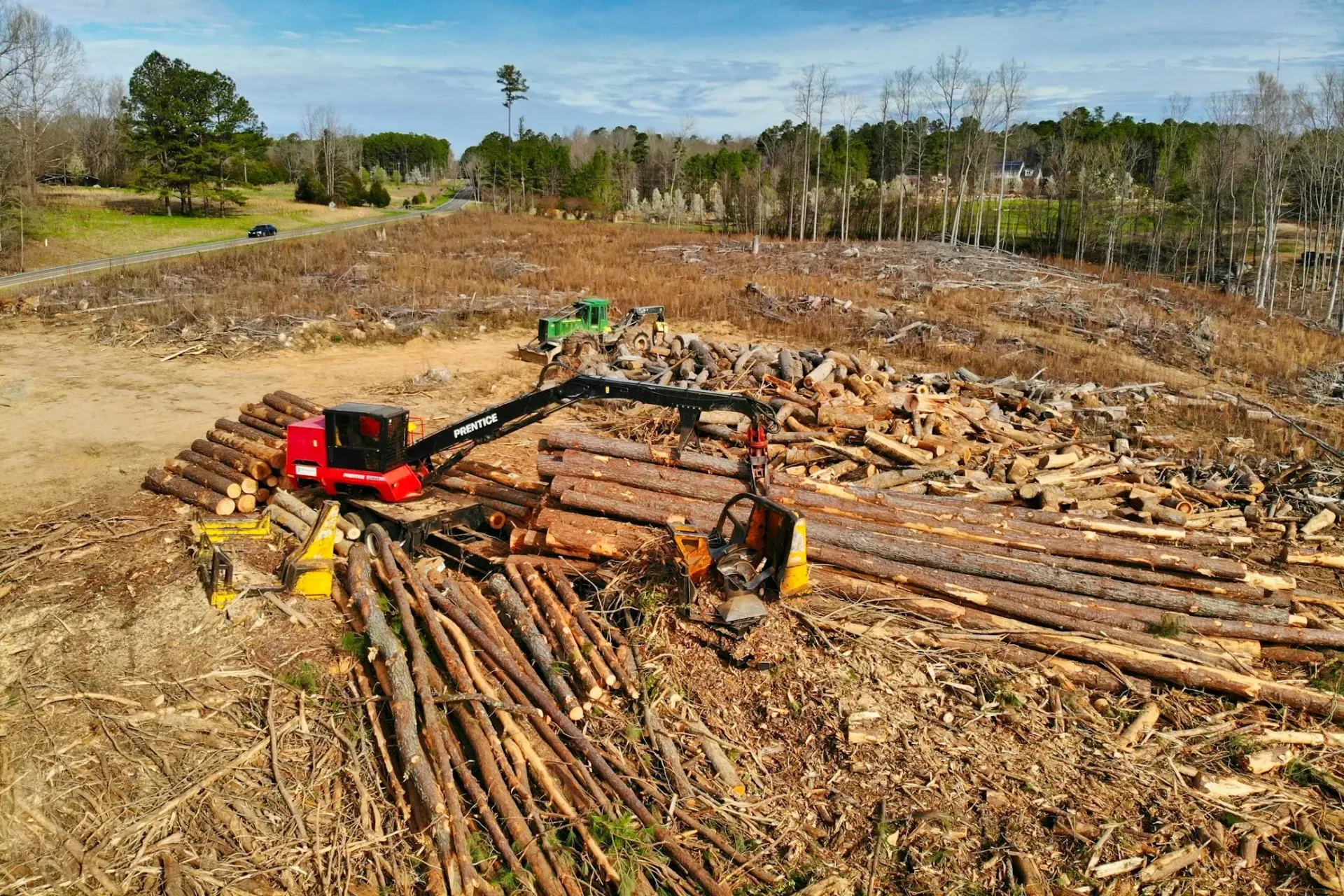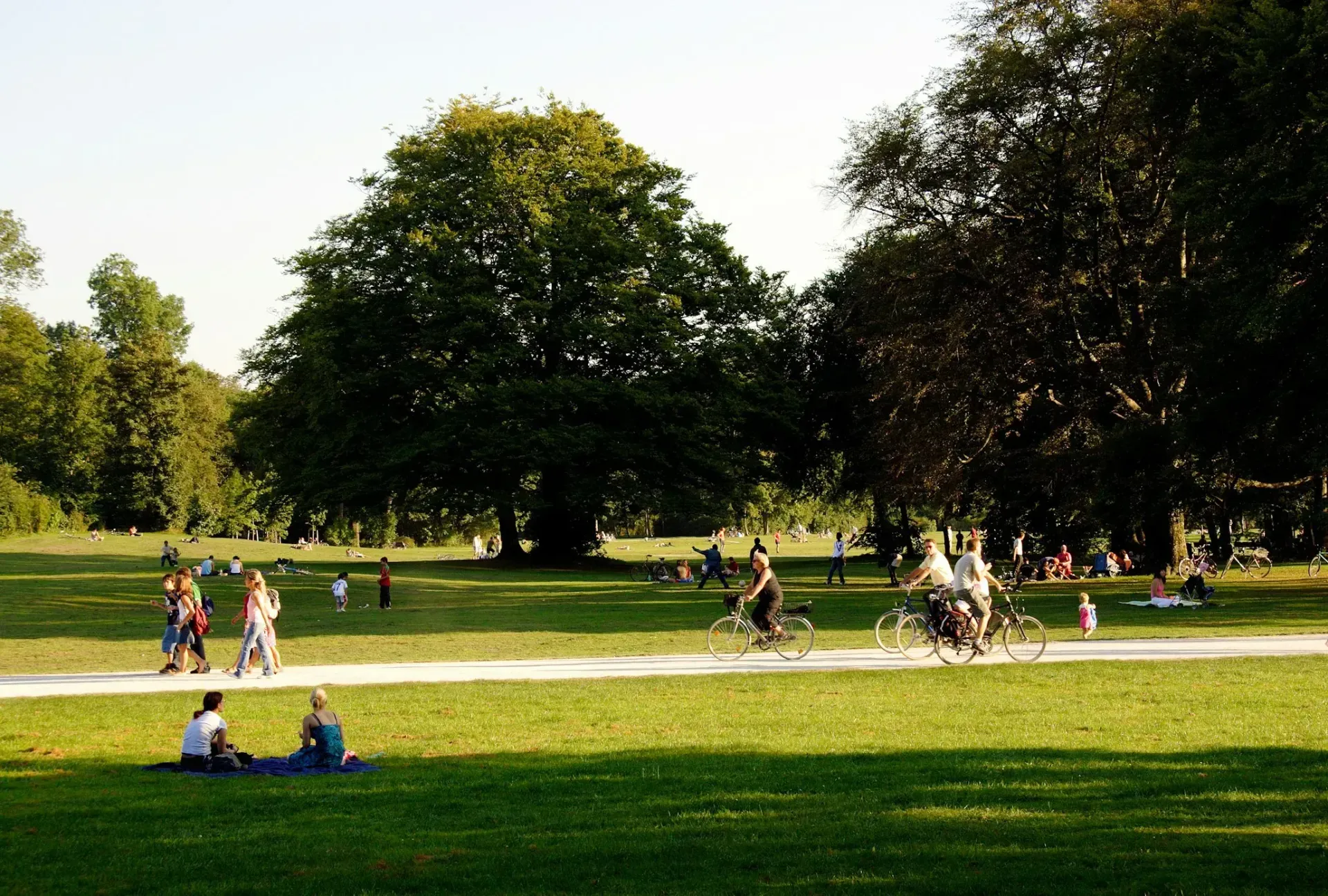Why You Should Remove Dead Trees from Your Property ASAP: A Safety Guide
Introduction
Trees are often hailed as the silent guardians of our landscapes, offering shade, beauty, and ecological benefits. They play a pivotal role in enhancing the aesthetic appeal of our properties, purifying the air, and providing habitats for countless wildlife. However, like all living organisms, trees have a life cycle, and there comes a time when they may die or become hazardous. Regular tree maintenance is not just about preserving their health and beauty; it's also a crucial step in ensuring the safety of our surroundings.
Dead trees, while they may seem harmless at first glance, can pose significant risks. Their weakened structures make them susceptible to breaking, especially during storms or high winds. Moreover, they can become breeding grounds for pests and diseases, which can spread to other healthy trees nearby. In this guide, we'll delve deeper into the reasons why prompt removal of dead trees from your property is not just a matter of aesthetics but a pressing safety concern.
The Hidden Threats of Dead Trees
While the serene image of a leafless tree against a sunset might evoke a sense of melancholy beauty, the reality of dead trees is far from picturesque. Trees, in their prime, are robust structures that offer numerous benefits, from providing shade to being a habitat for wildlife. However, when they die, they undergo a transformation that can turn them into potential hazards. The threats posed by dead trees are multifaceted, affecting both the physical safety of our surroundings and the ecological balance of our environment. In this section, we'll delve deeper into the specific dangers associated with dead trees, emphasizing the urgency of addressing this issue.
Physical Dangers
Risk of Falling Branches or the Entire Tree: As trees die, their internal structures deteriorate, leading to weakened limbs and trunks. This degradation isn't always visible from the outside, making it difficult for property owners to assess the risk accurately. Over time, external factors like wind, rain, and the weight of snow can exacerbate this weakness, causing branches to break off or the entire tree to fall. Such incidents are particularly common during severe weather events, where the combination of saturated soil and strong winds can uproot an entire dead tree.
Potential Damage to Property: The aftermath of a fallen tree or branch can be devastating. Homes might suffer structural damage, vehicles can be crushed, and outdoor structures like sheds or gazebos can be destroyed. Additionally, when trees fall onto power lines, it can lead to electrical fires or widespread power outages, disrupting communities and leading to potential repair costs for utility companies.
Injury Risks to People and Pets: Beyond the material damage, the human and animal toll can be even more distressing. A falling tree can cause severe injuries, from broken bones to fatal accidents. Children playing in the yard, family members doing outdoor chores, or pets roaming around can be at risk if a dead tree is on the verge of collapsing.
Ecological Concerns
Attracting Pests and Diseases: Dead trees provide an ideal environment for various pests. For instance, termites are drawn to the soft, decaying wood of dead trees, which they use as a food source. Once they've established a colony in a dead tree, they can easily migrate to homes or other wooden structures, causing extensive damage. Similarly, beetles, wood borers, and fungi find dead trees to be perfect breeding grounds. These infestations not only speed up the decay of the tree but can also spread to healthy trees and plants in the vicinity.
Spread of Tree Diseases: Trees can succumb to various diseases, and a dead or dying tree can act as a reservoir for these pathogens. Diseases like Dutch elm disease, oak wilt, or apple scab can spread through spores carried by the wind or by insects that move from tree to tree. If a diseased tree isn't removed promptly, it can act as a source of infection for other trees in the area, potentially leading to a larger ecological problem where a single dead tree results in the decline of an entire grove or forest patch.
Signs That Indicate a Tree Might Be Dead or Dying
Recognizing the early signs of a dying tree is crucial for the safety of your property and the health of surrounding vegetation. Trees don't become hazardous overnight; they show symptoms over time, indicating their declining health. By being observant and understanding these signs, property owners can take timely action, either to revive the tree or to remove it before it becomes a threat. Here are some clear indicators to watch out for:
- Lack of Leaves During Growing Season: One of the most evident signs of a tree in distress is its inability to produce leaves during its typical growing season. If other trees of the same species are flourishing and one remains barren, it's a clear indication of health issues.
- Brittle Branches and Bark: Healthy trees have flexible branches and intact bark. If branches snap off easily or the bark peels away without a younger layer beneath, the tree might be dying or already dead.
- Fungus or Mushrooms at the Base: The presence of fungi, especially large mushrooms at the base or on the tree trunk, suggests internal rot or decay, often indicating a compromised tree.
- Hollow or Decayed Trunk: A hollow trunk is a sign of significant decay. While some trees can live with a hollow trunk for a while, it does indicate a weakened structure and potential health issues.
The Economic Impact of Not Removing Dead Trees
Neglecting dead trees on your property can have tangible economic repercussions. Firstly, the aesthetic appeal of a property is significantly reduced with the presence of decaying trees, leading to a potential decrease in its market value. Prospective buyers or tenants often view such neglect as an indicator of other underlying maintenance issues. Additionally, insurance companies might view dead trees as a heightened risk factor, leading to increased premiums. Moreover, the aftermath of a tree or branch fall, which includes damage to structures, vehicles, or other assets, can result in hefty repair bills. In essence, the cost of proactive tree removal is often minor compared to the potential financial burdens of inaction.
Benefits of Timely Tree Removal
The decision to remove a tree from your property might not always be an easy one, especially if the tree holds sentimental value or has been a longstanding feature of your landscape. However, understanding the myriad benefits of timely tree removal can offer clarity and reinforce the importance of this action. Beyond the immediate safety concerns, there are several advantages to consider, each contributing to the overall well-being of your property and its surroundings. Here are some key benefits to ponder:
Prevention of Potential Hazards
Timely removal of dead or dying trees is a proactive approach to safety. As previously discussed, weakened trees pose a risk of falling branches or even the entire tree collapsing. By addressing the issue promptly, property owners can mitigate the dangers associated with unpredictable falls, protecting both people and property from potential harm.
Aesthetic Appeal of the Property
A well-maintained landscape significantly enhances the visual appeal of a property. Dead trees, with their barren branches and decaying trunks, can be an eyesore. Removing them not only eliminates this blight but also gives the surrounding vegetation a chance to thrive, contributing to a more vibrant and inviting outdoor space.
Making Space for Healthy Trees to Grow
Nature abhors a vacuum. By removing dead trees, property owners create space for new, healthy trees to be planted. These new trees can provide shade, improve air quality, and support local wildlife. Moreover, younger trees absorb more carbon dioxide than older ones, making them beneficial for the environment. By making room for new growth, property owners invest in a greener, more sustainable future for their landscape.
Conclusion
Dead or dying trees pose more than just an aesthetic concern; they are a tangible threat to safety and property. Throughout this guide, we've highlighted the multifaceted dangers of neglecting these looming hazards, emphasizing the importance of timely intervention to prevent potential damages and injuries.
In the realm of tree removal, Cypress Tree Service stands out as a trusted name, especially for those in New Jersey. With a positive history of serving the community, we bring a blend of expertise and dedication to every project. Our commitment to safety and customer satisfaction has solidified their reputation as industry leaders.
For those seeking peace of mind and a safer environment, turning to Cypress Tree Service is a prudent choice. Our team of professionals is equipped to handle tree removal needs efficiently, ensuring that properties remain both beautiful and safe.
